PPT-Social Skills Learned in Unexpected Places:
Author : eddey | Published Date : 2023-11-11
An Approach for Students with EBD Candace Gann PhD University of Texas at San Antonio Candacegannutsaedu Rebecca Hartzell MA University of Arizona Hartzellemailarizonaedu
Presentation Embed Code
Download Presentation
Download Presentation The PPT/PDF document "Social Skills Learned in Unexpected Plac..." is the property of its rightful owner. Permission is granted to download and print the materials on this website for personal, non-commercial use only, and to display it on your personal computer provided you do not modify the materials and that you retain all copyright notices contained in the materials. By downloading content from our website, you accept the terms of this agreement.
Social Skills Learned in Unexpected Places:: Transcript
Download Rules Of Document
"Social Skills Learned in Unexpected Places:"The content belongs to its owner. You may download and print it for personal use, without modification, and keep all copyright notices. By downloading, you agree to these terms.
Related Documents

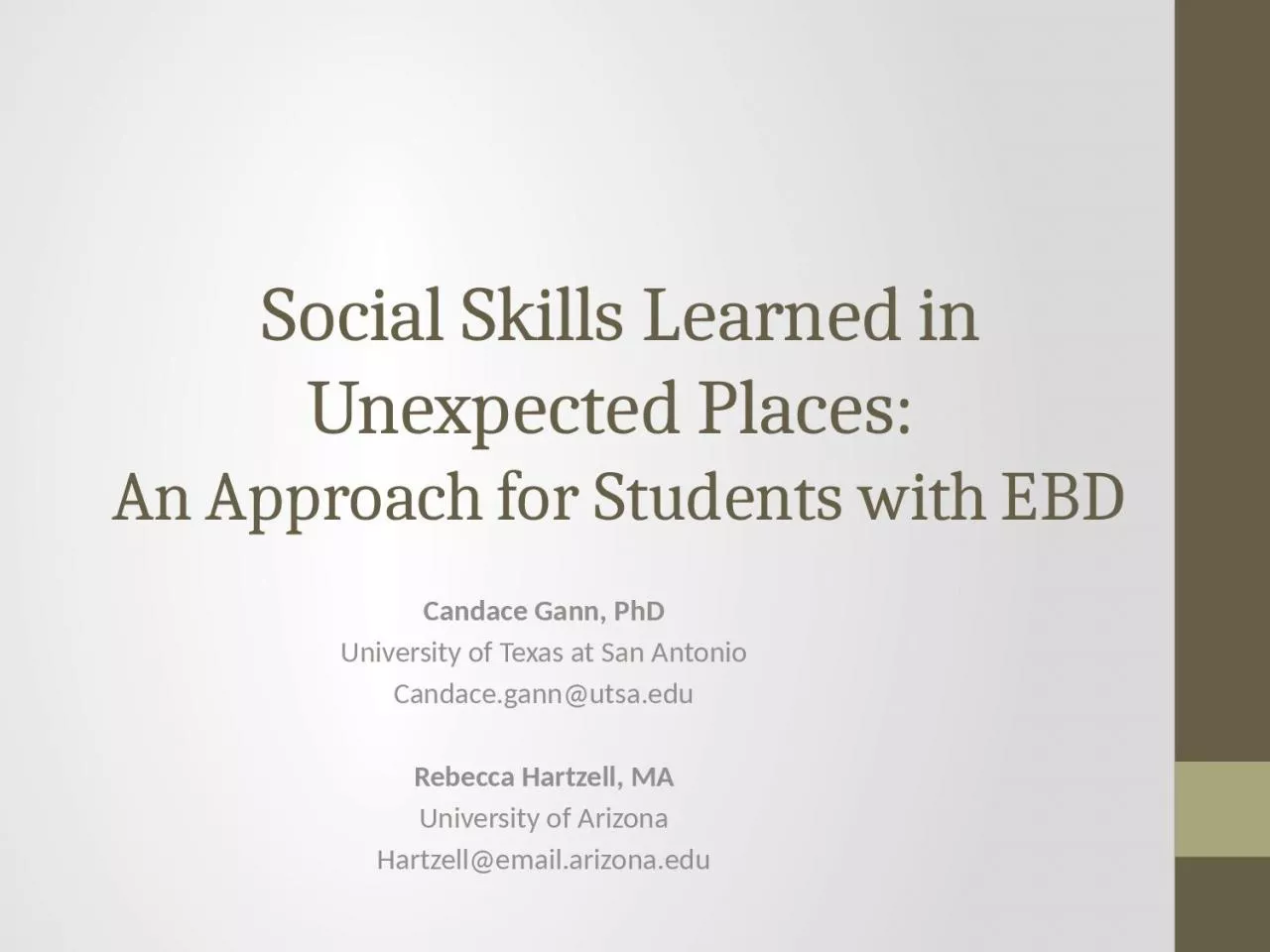
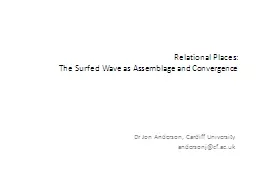
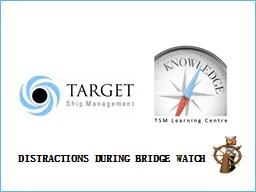
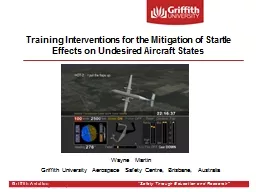


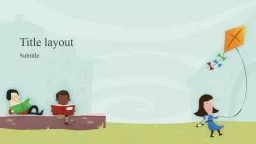


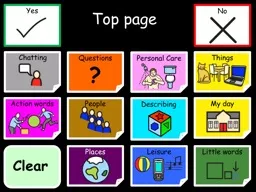
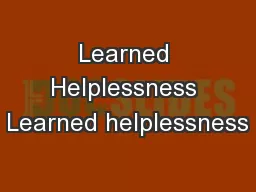

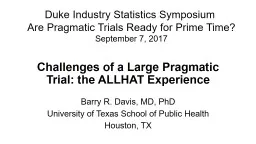
![[BOOK]-Atlas of the Unexpected: Haphazard discoveries, chance places and unimaginable](https://thumbs.docslides.com/958209/book-atlas-of-the-unexpected-haphazard-discoveries-chance-places-and-unimaginable-destinations-unexpected-atlases.jpg)